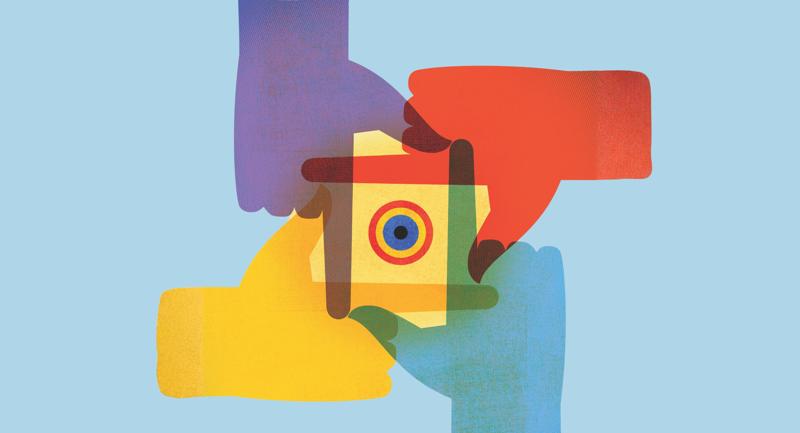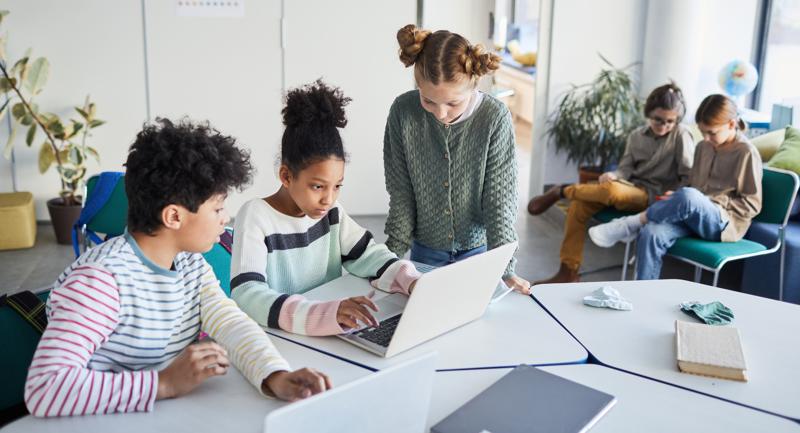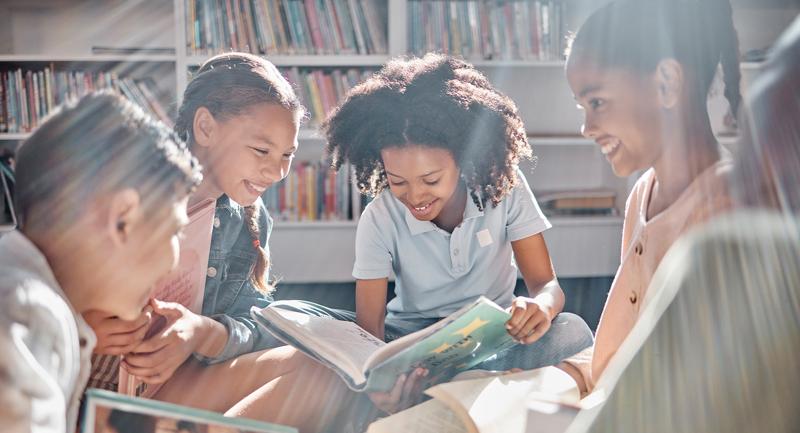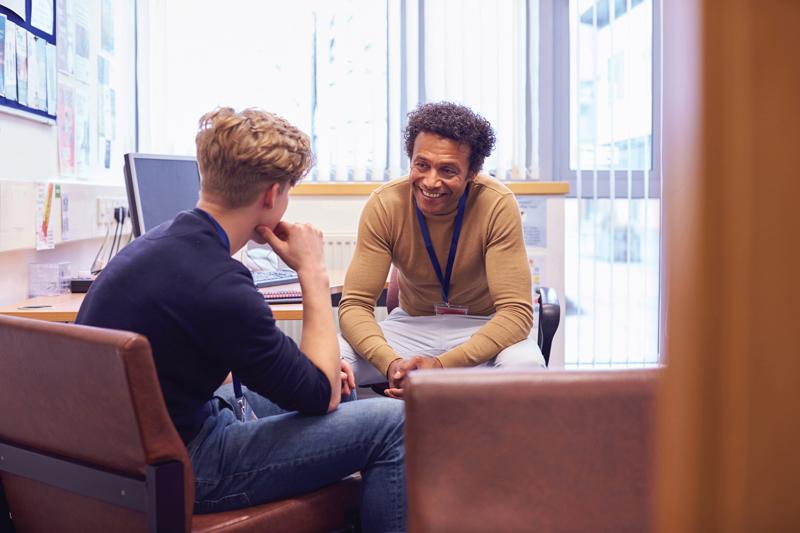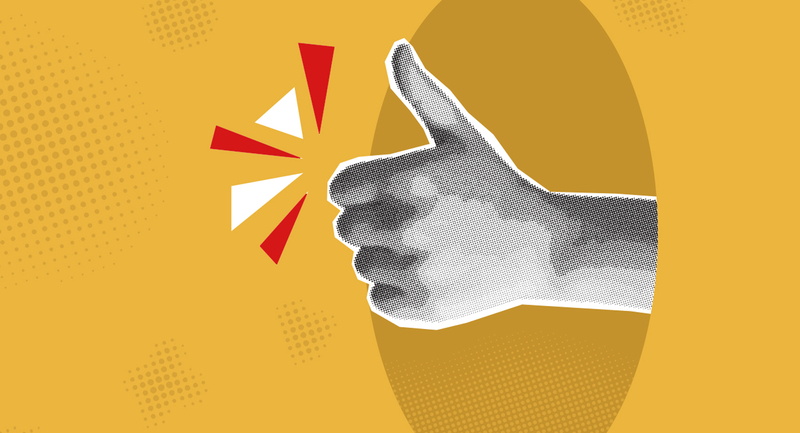One of the most effective questioning strategies that I used in my classroom did not need a professional development workshop, did not have books written about it, and used no high-tech hardware or software. In fact, it was not so much about questioning as it was about what to do after questioning.
Picture this scenario: A teacher asks a question. Immediately, several hands go up. The teacher calls on one of these students, gets a response, provides some brief feedback, and goes on to the next question. The same hands go up, and the process continues. The questions may be in-depth and thought-provoking, but the discussion becomes a Q&A spectator sport—a dialogue between the teacher and a few eager students while the rest look on. Some students figure out that if they don't raise their hands, they won't have to participate, while others who don't raise their hands fast enough never get a chance.
This dynamic changed when I implemented "wait time" in my classroom. Based on the research of Mary Budd Rowe in the 1970s and 1980s, wait time is still relevant today. It's quite simple on the surface. After posing a question, a teacher pauses for a few seconds before calling on a student. (Rowe's research showed that few teachers do this.) These few seconds give students (including those who are English language learners) time to compose their thoughts.
I admit that I was skeptical, but the first time I tried this as action research, I was surprised at the additional hands that went up during those few seconds. I realized that the "dead air" is actually thinking time, and research has shown that, with this extra time, students' responses are often at a higher level of complexity. This was true for my students, too.
But the strategy does not stop there. After a student's response, I used more wait time. These additional few seconds encouraged the student to elaborate on the response or another student to add to it.
This was a game changer in the way that I approached class discussions. I shared my methodology with my students, and we developed variations for the strategy. For example, before providing feedback to the response, I called on other students for follow up: "Do you have anything to add?" or "Do you agree or disagree?" I acknowledged others who wanted to participate by asking, "I noticed that your hand was up, too. What were you going to say?"
Wait time works best with higher-level questions that require students to synthesize, summarize, or apply what they learned. It is not as effective for recall questions. For example, if a student doesn't know the names of the bones in the lower leg, a few more seconds won't help.
I also discovered that wait time worked when students asked the higher-level questions. As I paused for a few seconds to think of a response, the students would often explain the question. Other students offered their ideas. Even if I had heard the question many times before, for that student it was new and deserved a few seconds.
At the end of a lesson, teachers often say, "Any questions? Good" with little or no time between the words "questions" and "good." Hearing no questions, a teacher assumes that everyone understands. But without any wait time, students don't have much time to think. And sometimes, they don't know what to ask.
I started rephrasing questions to provide a context or focus, such as, "Any questions about the difference between eukaryotic and prokaryotic cells?," with a few seconds of wait time for students to think about their learning and formulate their questions.
Many teachers struggle with waiting, especially if they are used to fast-paced questioning or interrogations. Before wait time became second nature, I would take a sip of water or mentally hum a few bars of the Jeopardy theme song. Because the few extra seconds were worth it.



